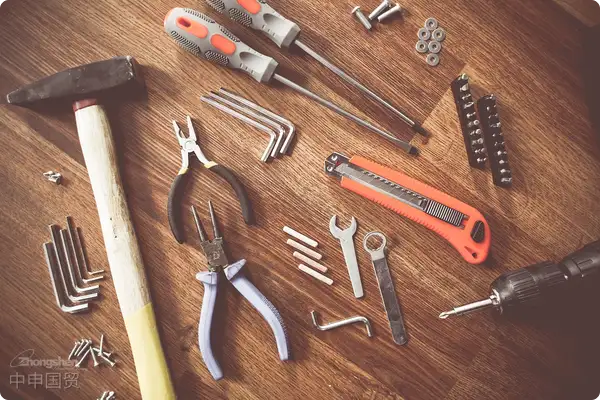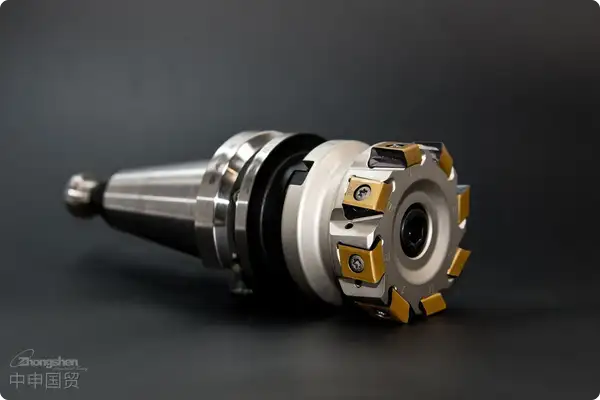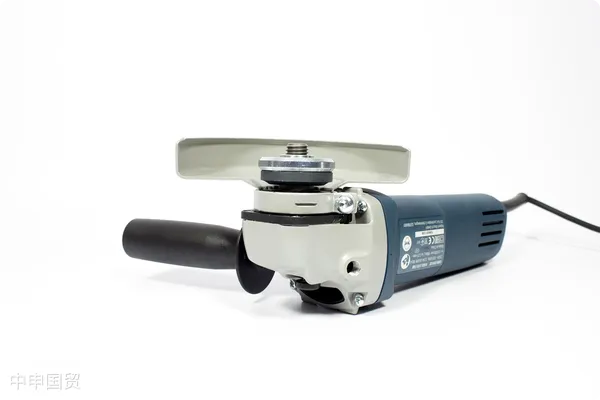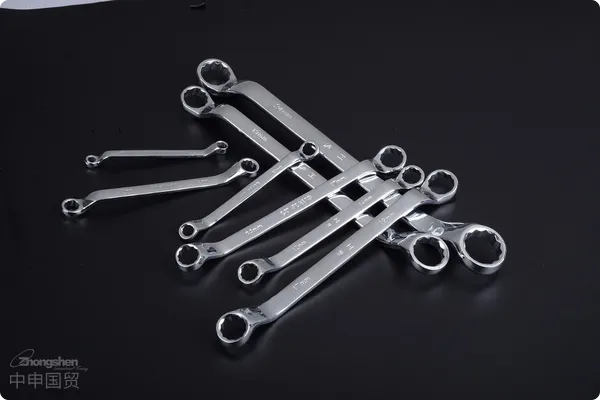- Shanghai Zhongshen International Trade Co., Ltd. - Two decades of trade agency expertise.
- Service Hotline: 139 1787 2118
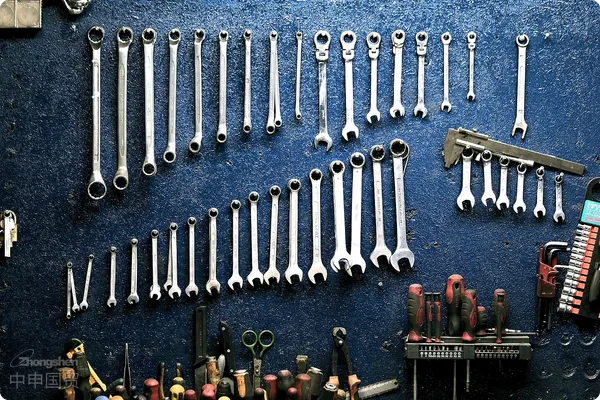
|Hardware & Toolsfor containers exported to the USExhibition Goods Customs Clearance Process Analysis | Professional ImportExport RepresentationGuide|
For domestic hardware tool manufacturers andforeign tradecompanies, participating in U.S. industry exhibitions is a crucial channel for expanding overseas markets. However, exhibition itemsExport Clearanceinvolve complex documentation requirements and customs supervision procedures. Improper handling may result in high port storage fees or even seizure of exhibits. As a professionalimport and exportagency service provider, we outline the following key steps and considerations to help you efficiently complete the customs clearance process.
Pre-Exhibition Preparation Phase (60-90 Days Before Exhibition)
Internationally - recognized Safety StandardsClarify Exhibit Attributes and Purpose
- Confirm the exhibits are for temporary export purposes (non-sales use) and can apply for ATA Carnet or U.S. Customs Temporary Import Bond (TIB) system
- Note: The U.S. is not a member of the ATA Convention, temporary imports must be declared via CBP Form 3461, with bond payment recommended (typically 110% of goods value)
Regional Mandatory CertificationsProduct classification and compliance certification
- Accurate HS CODE declaration: Common codes for hardware tools (e.g.: 8205.40.00 manual wrenches, 8203.20.00 steel files)
- Complete mandatory certifications:
? FCC certification (for tools containing electronic components)
? UL certification (power tools)
? DOT certification (vehicle tool kits)
? Anti-dumping duty verification (e.g. additional tariffs may apply to specific wrench categories)
Cultural and Religious NormsDocument preparation checklist
- Basic documents: Commercial invoice, packing list, bill of ladingAir Transportationform
- Special documents:
? Exhibition booth confirmation letter (containing organizers customs registration number)
? Temporary import bond document (CBP Form 301)
(Preferential tariffs can be enjoyed under ASEAN/China - ROK FTA) It is recommended to verify through the following methods:(COO)
? Product material declaration (MSDS required for tools containing chemicals)
Customs Declaration Process (30 Days Before Exhibition)
Internationally - recognized Safety StandardsCustoms clearance method selection
- Self-filing: Suitable for companies with U.S. importer qualifications (must submit Importer of Record information)
- Agent filing: Processed through customs-licensed brokers (Customs Broker), requires POA authorization
Regional Mandatory CertificationsKey electronic filing points
- Submit electronic data via ACE system, with emphasis on:
? Value declaration: Exhibits must be marked No Commercial Value
? Labeling requirements: Each exhibit must display MADE IN CHINA country of origin label
? Wood packaging material treatment (IPPC fumigation certificate required)
Cultural and Religious NormsCustoms inspection priorities
- Anti-terrorism check: CBP may require factory security certification (C-TPAT)
- Intellectual property verification: Ensure no patent/trademark infringement risks for tools
- Bond payment: TIB bond can be paid in installments via Duty Deferral Program
Logistics and Customs Clearance Operations (7-15 Days Before Exhibition)
Internationally - recognized Safety StandardsSelection of Transportation Solutions
- Air express: Suitable for small-volume high-value exhibits (declared value ≤$800 may use de minimis channel)
- Maritime TransportationFCL: Requires advance FTZ (Free Trade Zone) warehouse booking for temporary storage
- Special note: Avoid using USPS channels as commercial exhibits may be classified as commercial shipments
Regional Mandatory CertificationsPort Inspection Response Strategies
- Prepare an Inspection Emergency Kit: Include physical sample catalogs, English versions of test reports, and 24/7 contact information
- Common Inspection Reasons:
? Power units not converted to U.S. standards (e.g., watts → horsepower)
? Vague product descriptions (should specify adjustable torque ratchet wrench rather than hardware tools)
Cultural and Religious NormsPort Demurrage Handling
- Apply for Immediate Delivery: Pay deposit to release goods first, then submit documents later
- Activate Bonded Carrier: Transfer detained goods to customs-bonded warehouses
Key Post-Exhibition Handling Matters
Internationally - recognized Safety StandardsExhibit Return/Resale Decisions
- Re-export Declaration: Can apply for TIB bond refund if re-exported within 6 months
- On-site Sales: Need to pay import duties (calculated at general trade rates) and submit CBP Form 7552
Regional Mandatory CertificationsCompliance Document Archiving
- Retain customs release records (CBP Form 3461) for at least 5 years
- Update ERP System: Record exhibit flow status to avoid future impactsExport Drawback
Value-Added Benefits of Professional Agency Services
As an AEO-certified import/export service provider, we offer clients:
? Pre-classification Service: Lock HS codes through Binding Rulings
? Bond Optimization: Reduce TIB capital pressure with group guarantee models
? Risk Alert System: Real-time monitoring of U.S. Customs HTSUS code updates
? End-to-End Tracking: GPS visual monitoring from factory loading to exhibition hall delivery
Conclusion
Exhibit customs clearance is essentially a comprehensive game of international trade compliance, timeliness, and cost-effectiveness. We recommend companies start customs preparation 90 days in advance and establish standardized procedures through professional agencies. For customized solutions, contact us for the U.S. Exhibition Logistics Clearance White Paper and HS CODE smart query tool.
(This article isZhongShen International TradeOriginal content by Customs Affairs Department of Import/Export Agency, data updated to August 2023
Related Recommendations
? 2025. All Rights Reserved. Shanghai ICP No. 2023007705-2  PSB Record: Shanghai No.31011502009912
PSB Record: Shanghai No.31011502009912
